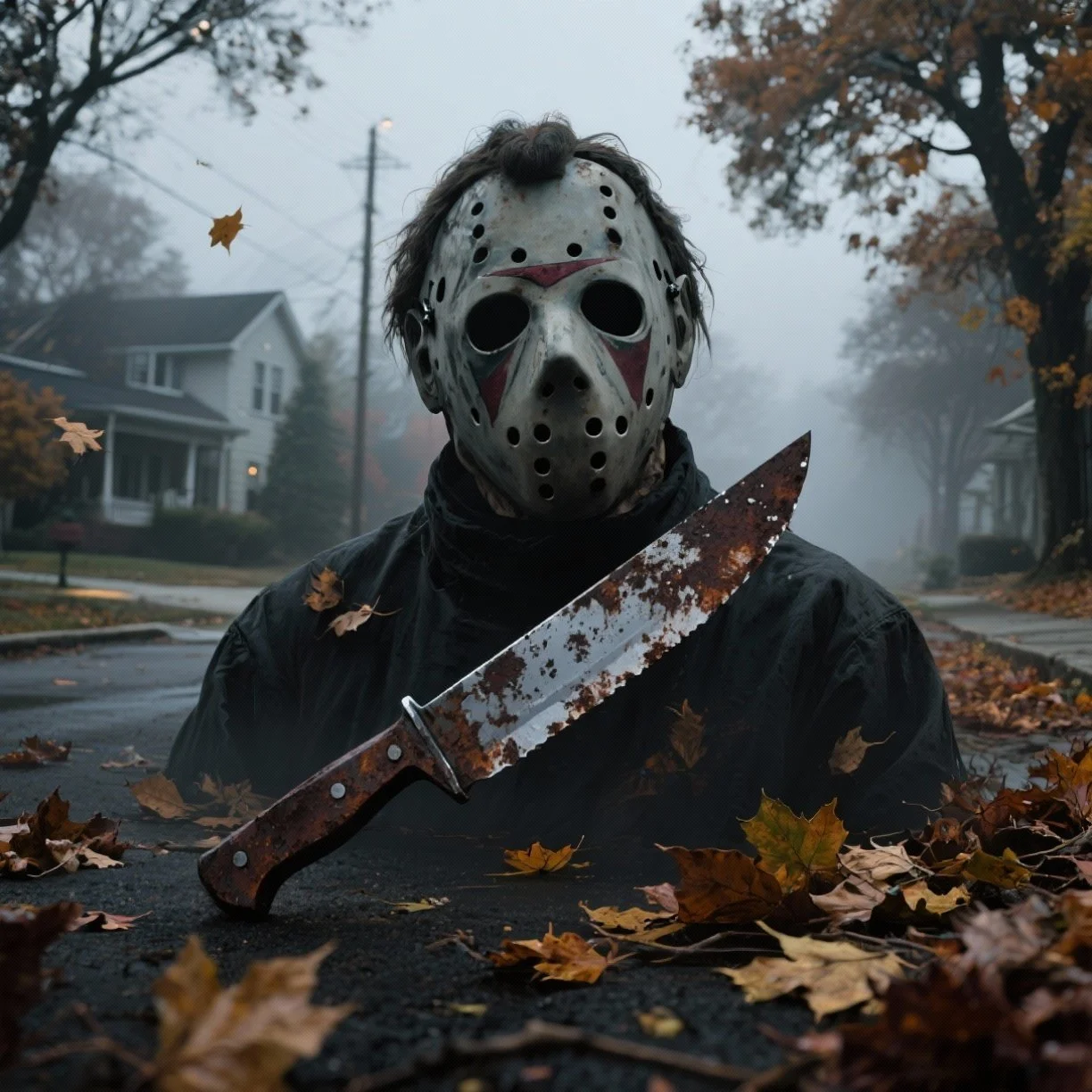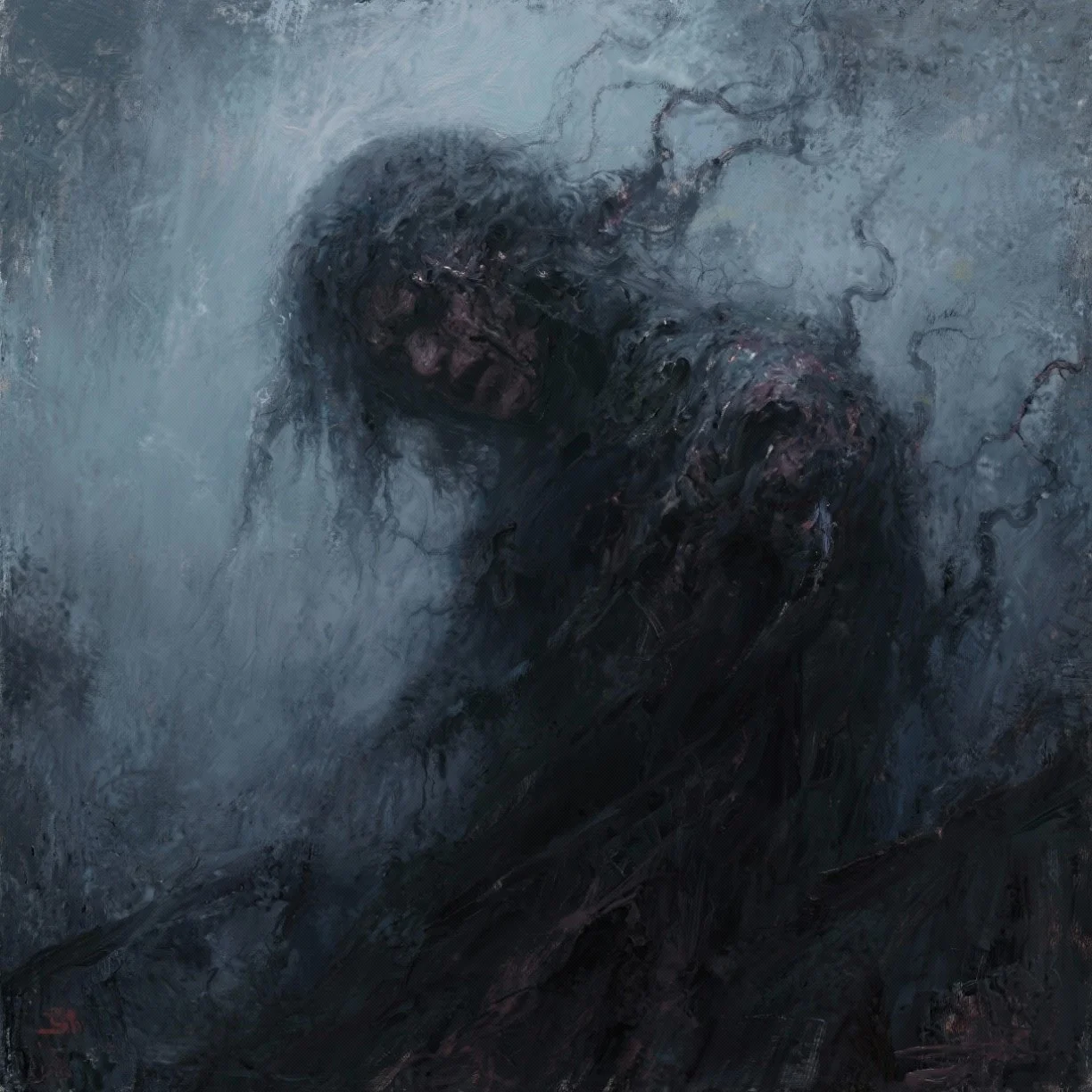Happy All Hallows Eve
“Then he will say at those at his left hand, ‘You that are accursed, depart from me into the eternal fire prepared for the devil and his angels.”
Happy Halloween! We can trace Halloween back to the ancient Celtic pagan festival of Samhain, which honored the harvest and the dead. The ceremony took place where the boundary between this world and the next was at its thinnest. The word “hallow” means “saint.” Hence, Halloween is meant to be the night before All Saints Day, which was considered one of the most holy days in the ancient Christian year. Christians have been recognizing and celebrating All Saints Day since the 8th century, when Pope Gregory recognized that there were too many saints for each to have their separate day, so he proclaimed one day for all the saints. All Hallows Day was the day set aside to recognize the dead.
The Churches would prepare for All Hallows Day by having services late the night before, with candles lit in preparation. Before long, All Hallows Eve began focusing less on preparation for the celebration of the Saints and more on the fate of the wicked. The churches used the night to warn of the consequences of sin, telling fearful, descriptive stories and, later, depicting frightening paintings. The themes of being sent to hell and experiencing eternal damnation became central. The devil took center stage on All Hallows’ Eve.
Yet the Halloween experience of dressing in costume and passing out candy predates Christianity, with its Celtic pagan origins. Samhain was the festival that marked the start of winter and the advent of the darkest part of the year. According to the Celts, this time of transition to darkness presented the thinnest point between our world and the other world. The thinness of this night allowed for some spirits to cross over from the other world into ours. On Samhain, the otherworld entities would run in a ghostly procession throughout our world. Some of these ethereal beings were malevolent and used the night to create fear, chaos, and even death. People in this world needed to be on guard on this night. They built huge bonfires to light their villages, carved lanterns with frightening faces, and wore scary costumes to ward off ghostly figures. These early stories were passed down orally and in writing to the present day.
Halloween became more popular than All Saints Day, I believe, because we love to face our fears in safe ways. The decorations, costumes, candy, and fearful games were more inventive and fun than celebrating the religious saints. Halloween continues to serve a purpose in our contemporary society. Beyond the holidays’ increasing shock value, Halloween allows us to consider our mortality in a safe and fun way. At its best, Halloween provides reassurance that the worst of death has been conquered by the all-merciful and loving God, who conquered sin and death, bringing us to life eternal. Use Halloween as an opportunity to reflect on what God has saved us from.





